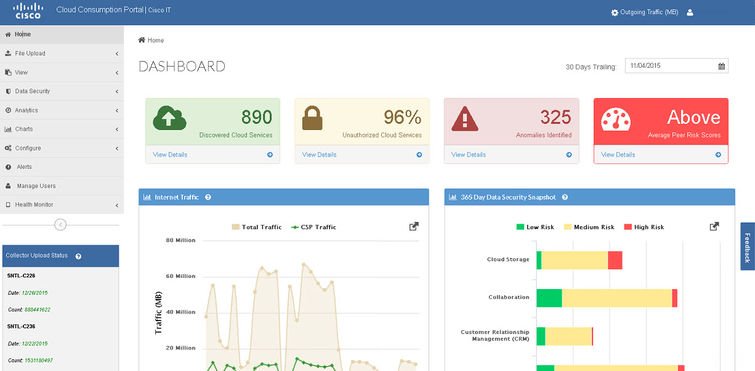

Organizations are not looking to upgrade older technology simply because it’s outdated. They’ll upgrade their technology if and when the upgrade helps to achieve a specific business objective.
According to Paul Lidsky, president and CEO of Datalink, a data center and cloud services provider in Eden Prairie, Minn., that was the most important finding of a recent survey of IT professionals that was commissioned by Datalink. I had the opportunity to speak with Lidsky shortly after the survey’s release, and he explained a key shift that has occurred over the past couple of years—a shift he said has been illustrated by his conversations with clients:
Technology is the foundation, but instead of talking to us about what technology they need, the clients are beginning to talk to us, and we’re talking to them, about what they want to achieve with the business. And we’re having that discussion with IT executives. An IT executive is a business executive today—it’s a very important distinction from the past. When I meet with CIOs and senior IT executives, I never have a meeting about technology. All they want to talk about is how Datalink can help them achieve some strategic business objective. We never have a discussion about the underlying technology. I do several hundred client meetings a year with senior executives, and they never ask me a technology question. All they want to talk about is, “Here’s a set of business objectives I have—can you help me with this?”
Given all of that, I was surprised by the fact that about one-third (32 percent) of the respondents are still saying that IT operational outcomes or goals take a higher priority over key business outcomes or goals when making IT investment decisions. I asked Lidsky what he made of that, and he said the point is that that group now only constitutes one-third, instead of two-thirds:
I think if you’d done this survey a couple of years ago, that one-third would have been a much greater proportion. I certainly don’t think that 100 percent of IT decision-makers have concluded that aligning with business is what they want to do. But I would hazard a guess and say that that one-third will get smaller every year. There is no indication that this shift toward business outcomes, and aligning IT with business strategy, is going to do anything but increase in importance. More and more IT executives realize that their best way to remain relevant, and the best way in which they can serve their organizations, is to be enablers of their company’s business and strategic objectives.
I also found it especially interesting that on a question about the status of particular technology initiatives in the respondents’ companies, public cloud, private cloud, and hybrid cloud were at the top, or near the top, of the list of technology initiatives that the respondents said they don’t have any plans to undertake. I asked Lidsky, as the CEO of a cloud services provider, if that bothers him. He said it doesn’t:
You have to remember the evolution we’re going through. Two years ago, when I would meet with financial analysts every quarter, their biggest concern was whether the public cloud was going to gobble up every data center, and what business Datalink was going to be in. Now, it’s understood that cloud computing has a role in almost every data center.
But ultimately, what we all believe is that most clients will end up with a hybrid model of some sort. Some don’t even realize they’re doing it. A client who uses a CRM application in the cloud doesn’t always associate that with a hybrid model, even though they’re using the public cloud and they have an internal data center. I think that cloud computing has a role in data centers, but not in every data center. And I also think that not every business is prepared today to take advantage of cloud computing, nor wants to.
So I think we all realize that cloud computing is an important aspect of our business, especially helping clients design and operate private and hybrid clouds. But we also understand that there are many other business issues facing our clients that have nothing to do with whether or not they use cloud computing. And I think that’s what the survey shows. While we talk about cloud computing all day, every day, it doesn’t necessarily translate that every client is moving to a cloud computing model.
[Source:- ITbusinessedge]

